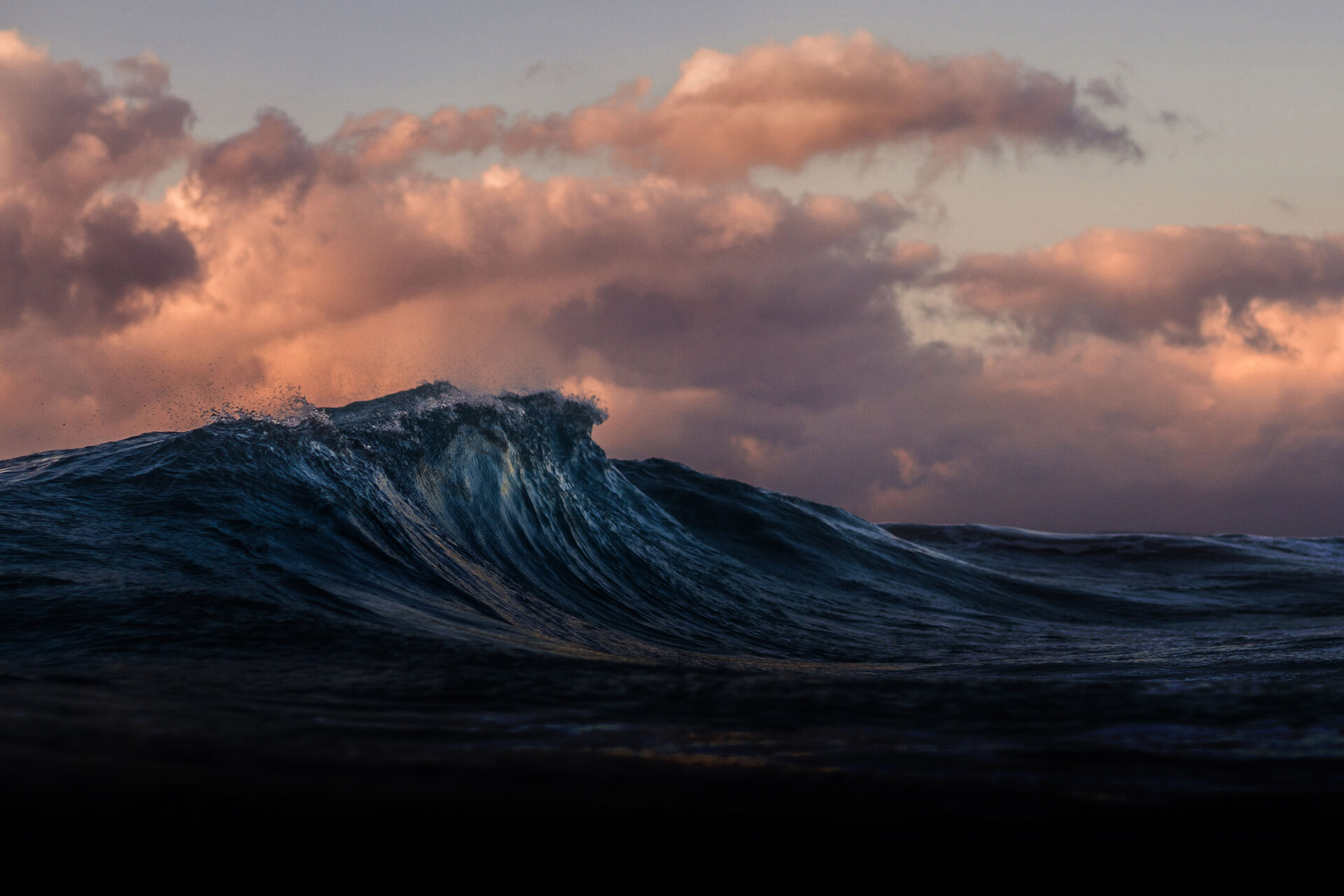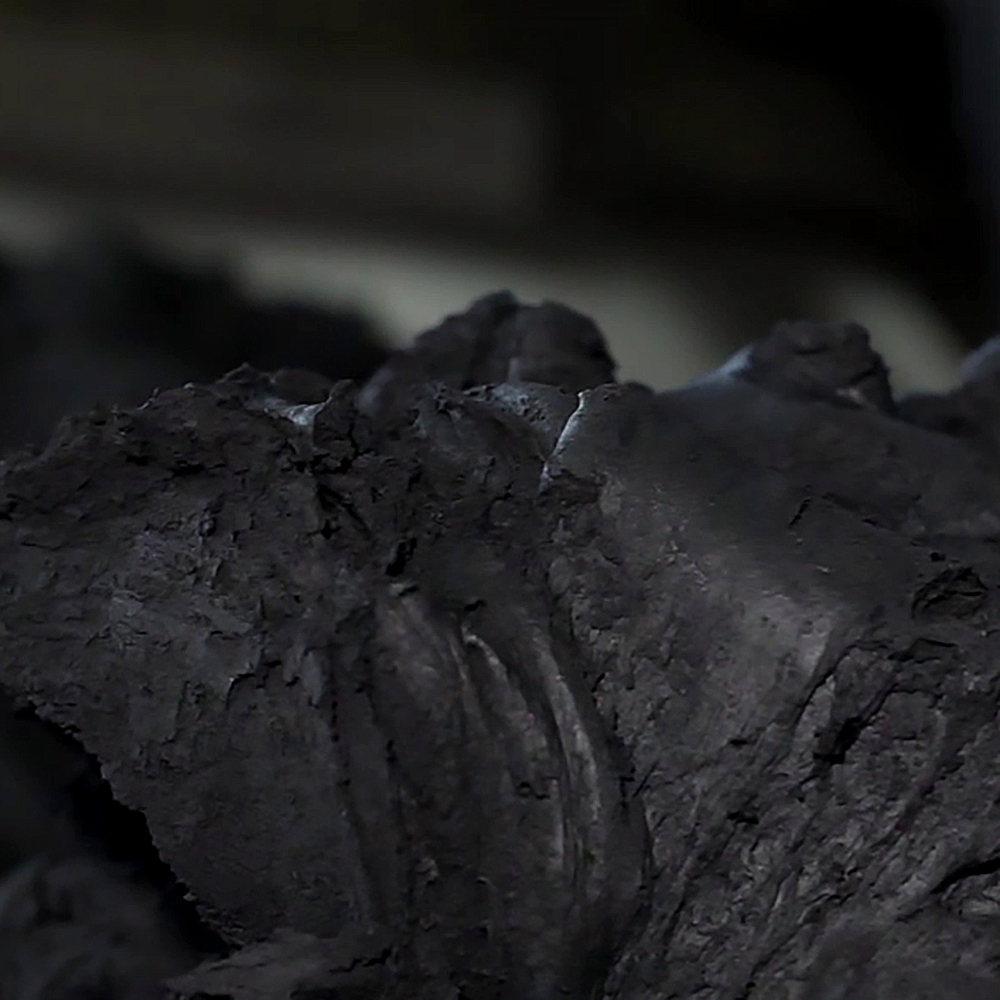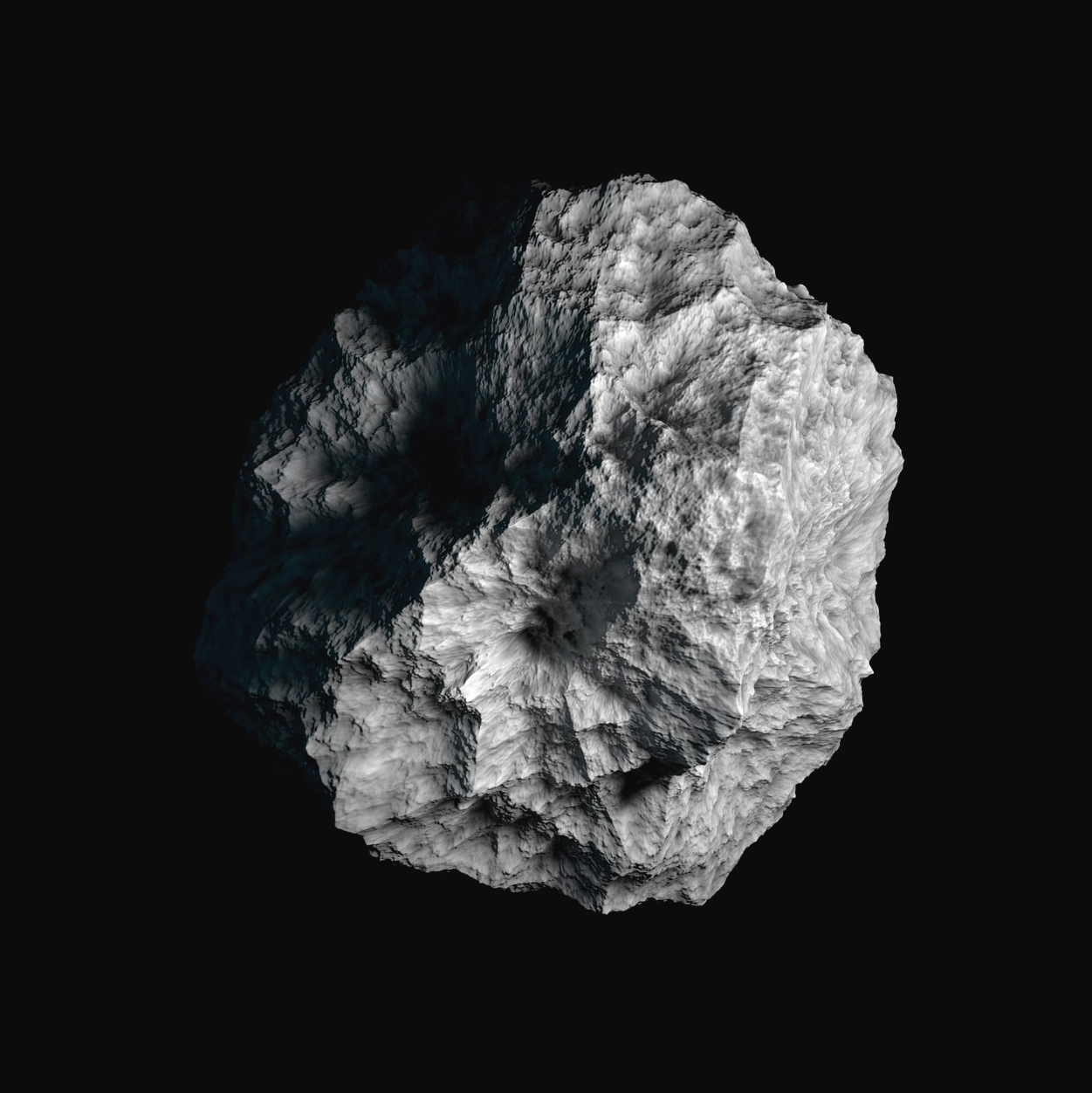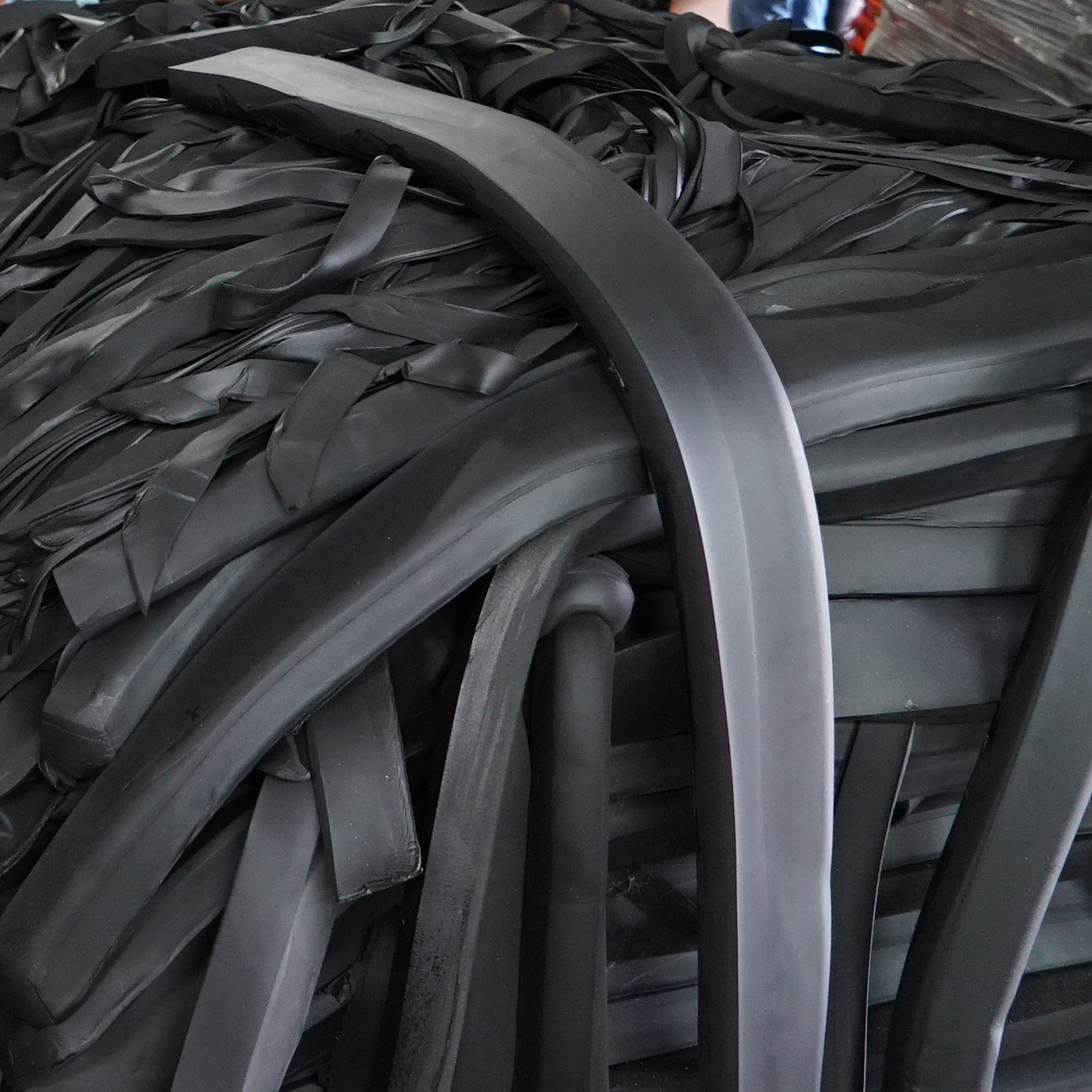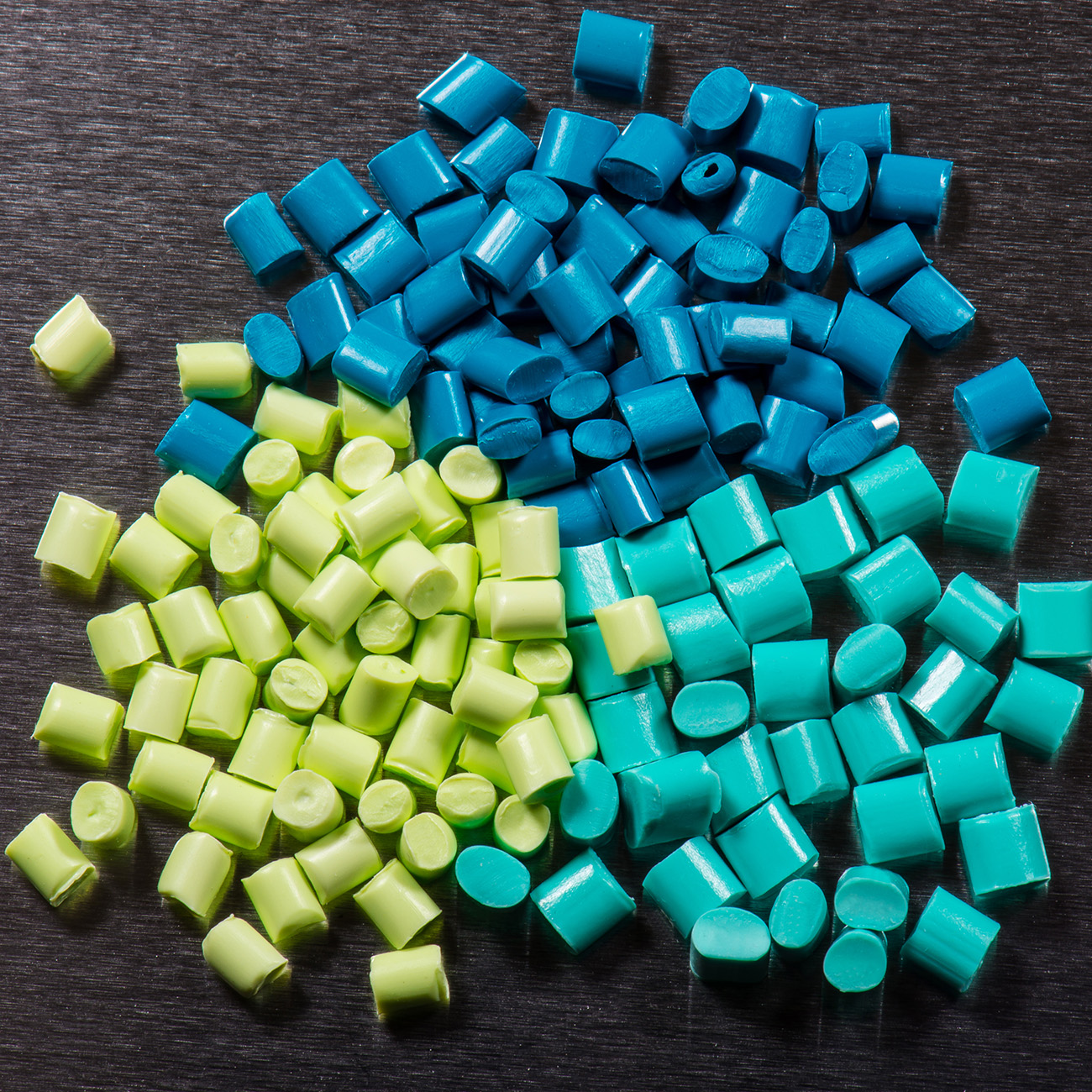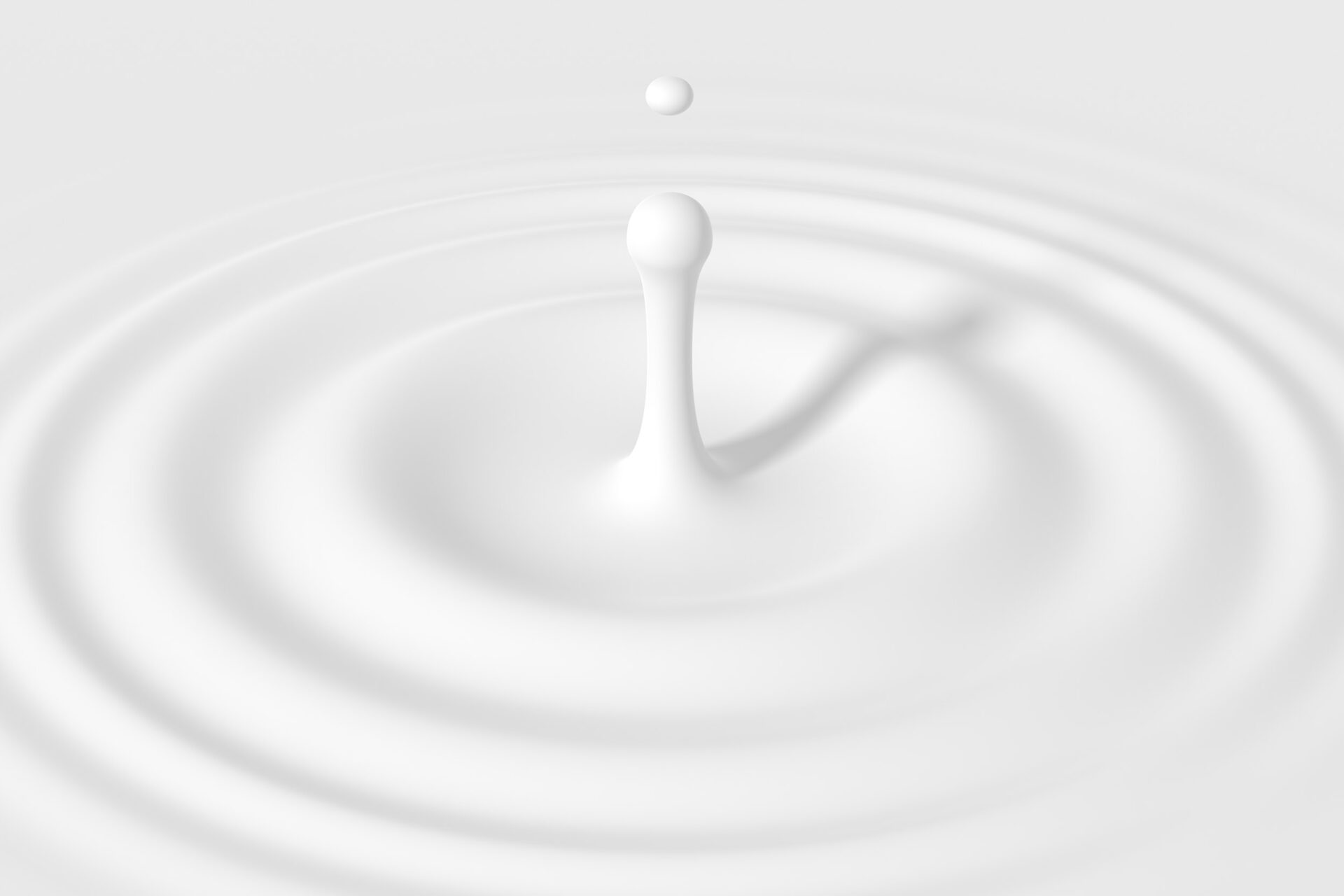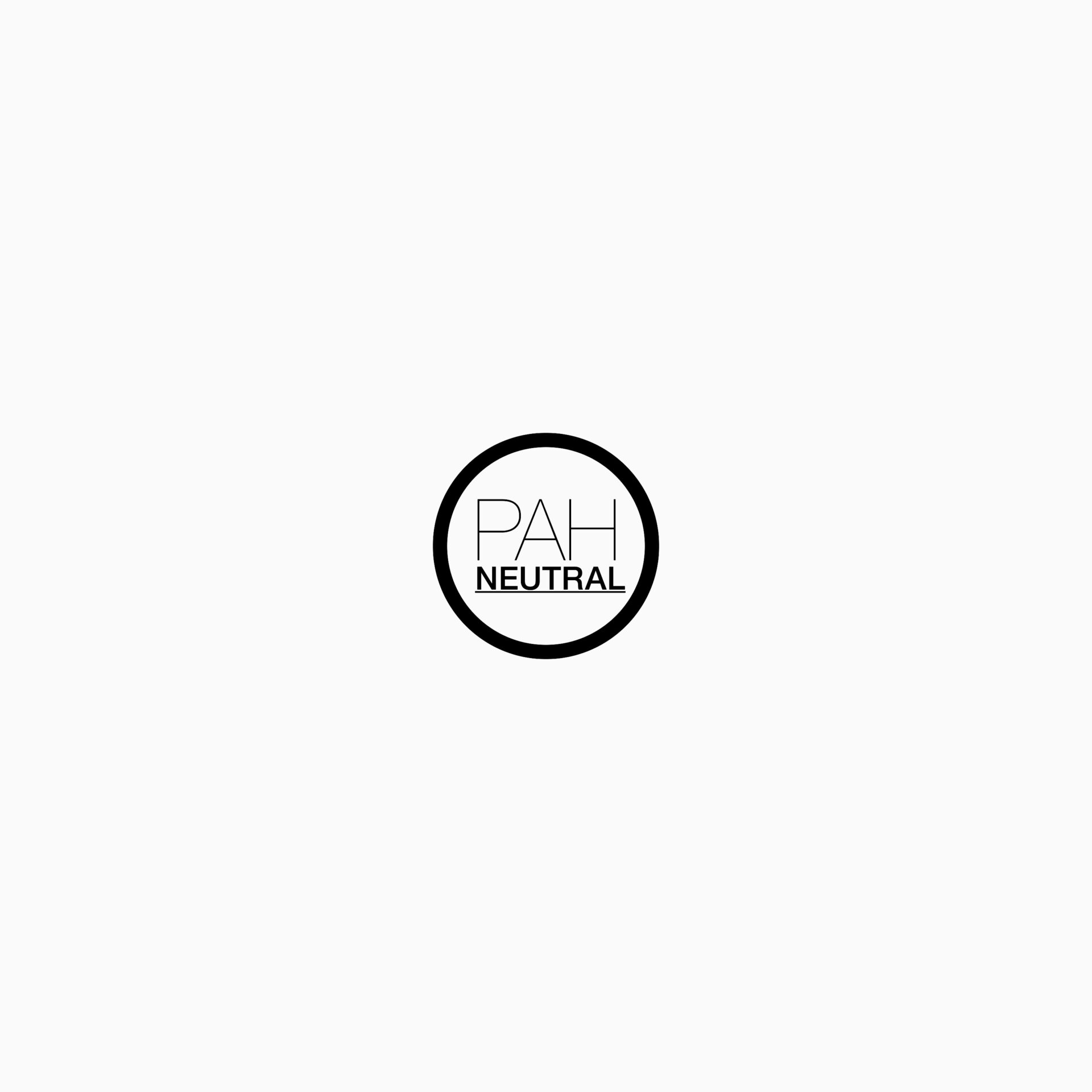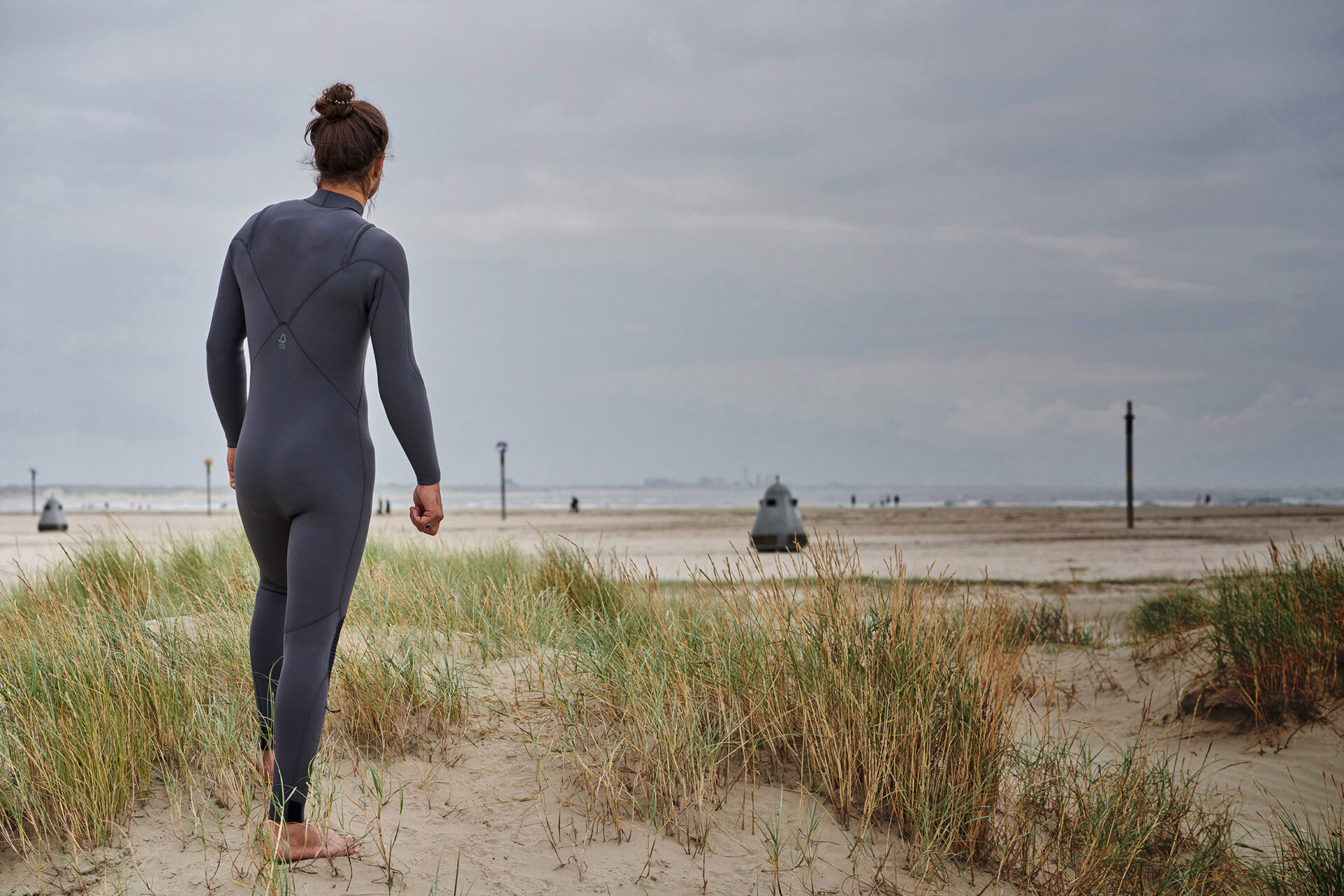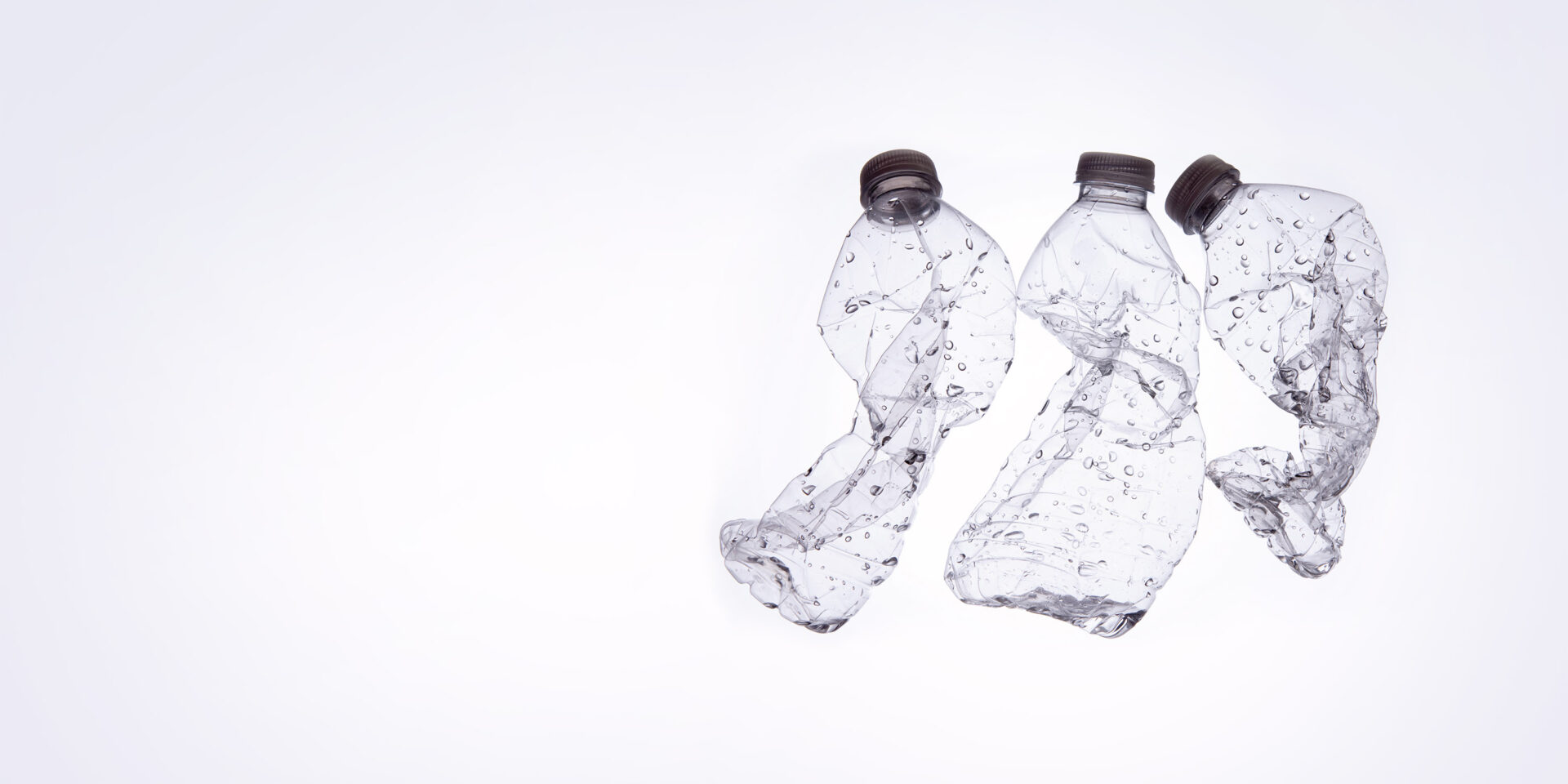At Prolimit we care about our planet and think green.
Our aim is to reduce the carbon footprint and we strive to make our products as eco-friendly as possible. Therefore we are using specially recycled, eco-friendly raw materials and innovative techniques to minimize the impact on nature. We choose sustainability over price.
